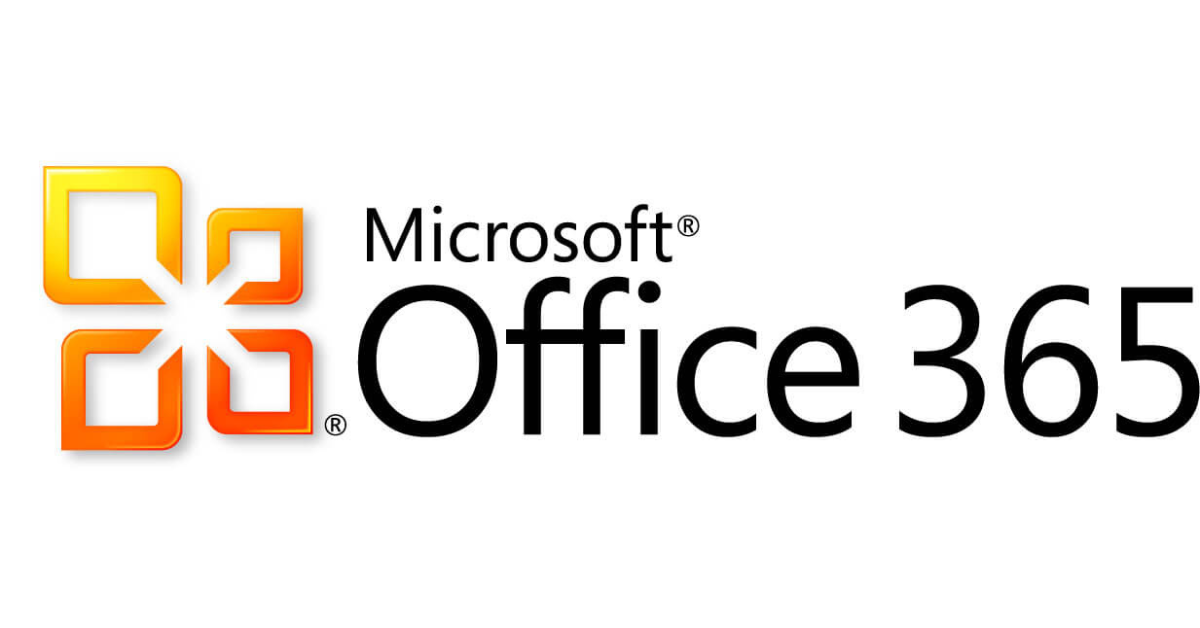
To review: In June 2011, Microsoft released Office 365, essentially bundled online software hosted in the cloud. Office 365 replaced Microsoft’s Business Productivity Online Services (BPOS) and bundled the latest upgrades of its SharePoint, Exchange, and Lync Server solutions. So, when you hear “SharePoint Online,” that means SharePoint as it is presented in Office 365, which Microsoft hosts. In my last blog, the first part of this series, I explained what Microsoft Office 365/SharePoint Online is. Now, let’s look at the benefits and drawbacks.
Online SharePoint is like a good off-the-rack suit – it does the job if you are a relatively low-level user. However, like a department store suit, it never fits perfectly enough to feel tailor-made.
The features and functionality limitations may be a deal-breaker for some organizations. For example, Office 365 does not allow for complete server control and unrestricted access to customize the online SharePoint environment; it also restricts the maximum number of users to 50, and several search features are not included. Because online SharePoint cannot be highly customized, some organizations may eschew it for hosted SharePoint Server 2010, allowing maximum customization. Organizations weighing the two options should study the service descriptions for each product; they will need to compare the online SharePoint to its on-site counterpart carefully.
Nevertheless, a good business case can be made for deploying Office 365. Among the benefits are:
- Comprehensive. The bundled services are attractive to many smaller organizations for which customization is unimportant.
- Fast. Turn-key configuration and anywhere-access go a long way in the small- to mid-size market.
- Less expensive. Maybe, maybe not. However, it does free an organization from the capital outlays associated with on-premise hosting.
Among the drawbacks:
- Storage. It’s more expensive per gigabyte.
- Service Level Agreement. Microsoft offers a lower SLA than most top-tier hosting companies. They do not guarantee 99.999% uptime.
- Comprehensive. An organization may not need or want all of the features offered – or the cost of it.
- Features/functionality limitations. In comparing the on-site and online versions of SharePoint, an organization might find that the latter’s limitations are a deal-breaker.
- Impersonal hosting relationship. Microsoft is the hosting provider, and it will be challenged to match the rewarding, personalized experience that organizations often have with a smaller hosting provider – one that blends seamlessly into the organization’s IT staff.
- Loss of flexibility and control. An organization can keep its on-premise infrastructure and, using the hybrid capabilities, still deploy Office 365 in the cloud.
However, if you require a high level of control and customization for SharePoint, you would be better served deploying SharePoint Server 2010 in the cloud. If, in future upgrades, Microsoft chooses to match the features and functionality of online SharePoint more closely to its on-site counterpart, namely SharePoint Server, the incentive to move to Microsoft’s cloud may be even more vital for many organizations. In the meantime, third-party hosting of either SharePoint Foundation 2010 or SharePoint Server 2010 may offer an optimal solution.
Are you using Office 365? What do you think of it? Check out our white paper for more information. Do you have a need you’d like to discuss with someone on our staff? Send a message to sales@aisn.net.
Laurie Head is co-owner and CMCO of AIS Network.

